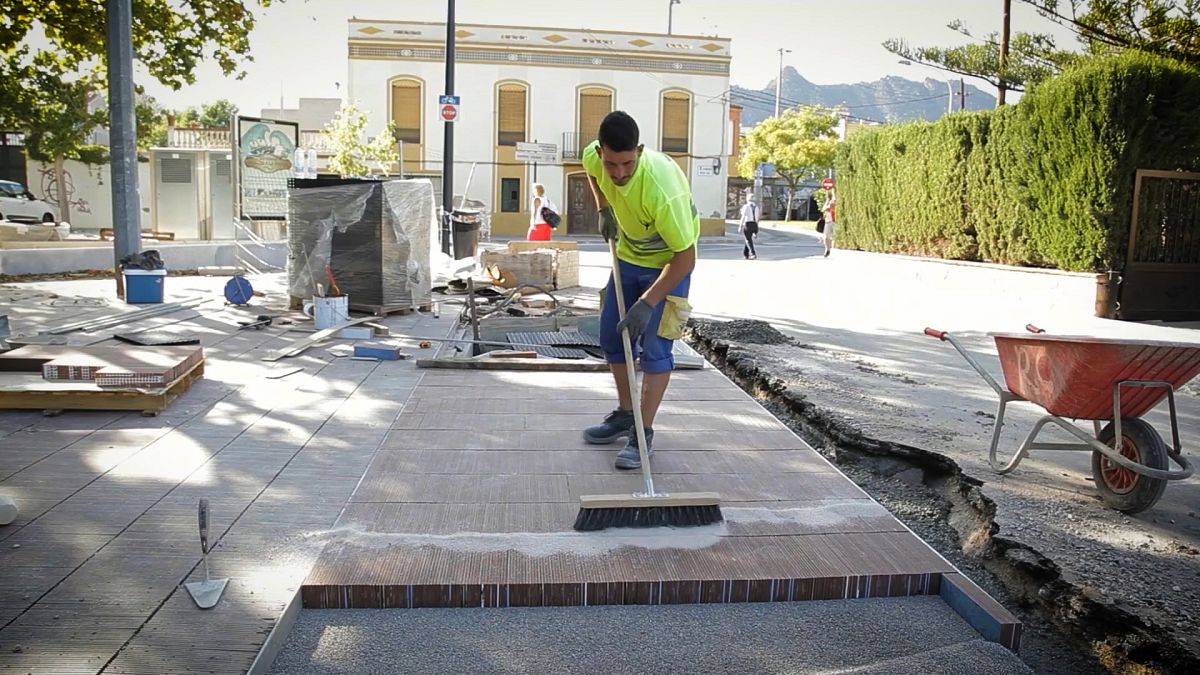Spain, like other countries, is having to adapt to more extreme weather. And, in the Valencia region, EU-funded innovation has spawned a new solution, right under people’s feet.
The concept of footpath paving has been redesigned using ceramic tiles, placed and spaced on their sides, to maximise absorption of water into the ground.
Experts say it wouldn’t prevent the type of disaster seen last year, with the overflow of a river system, but would improve drainage capacity and reduce flooding risks when heavy rain hits urban areas.



@SteveKLord ’ Tests, carried out as part of its work, have shown that water can be absorbed at a rate of 10,000 litres per square metre, per hour. ’
1 square meter of surface area at 1 cm is 10 litres, so a square metre would have to pass 10 metres (1000 cm) deep of water per hour, or a velocity of 2.78 centimetres per second, unless I did the math wrong.
That seems like a very high number for a ceramic to filter, even considering the gaps.
The ceramic tiles might have that rate of water flow, but the ground beneath it probably doesn’t.